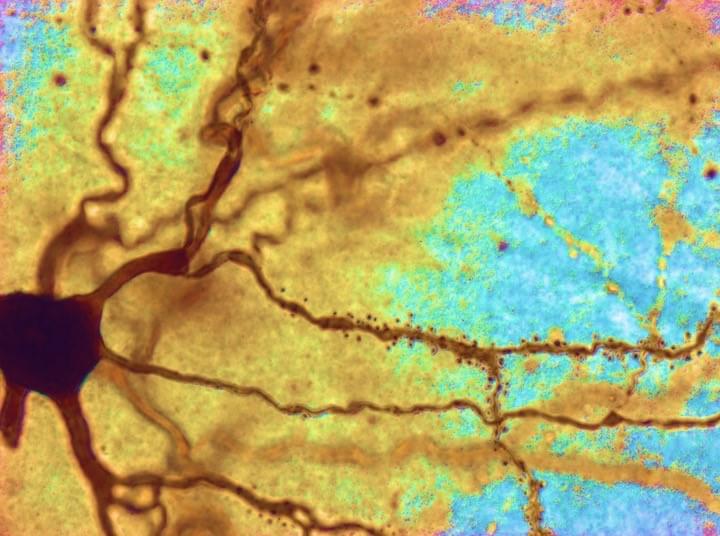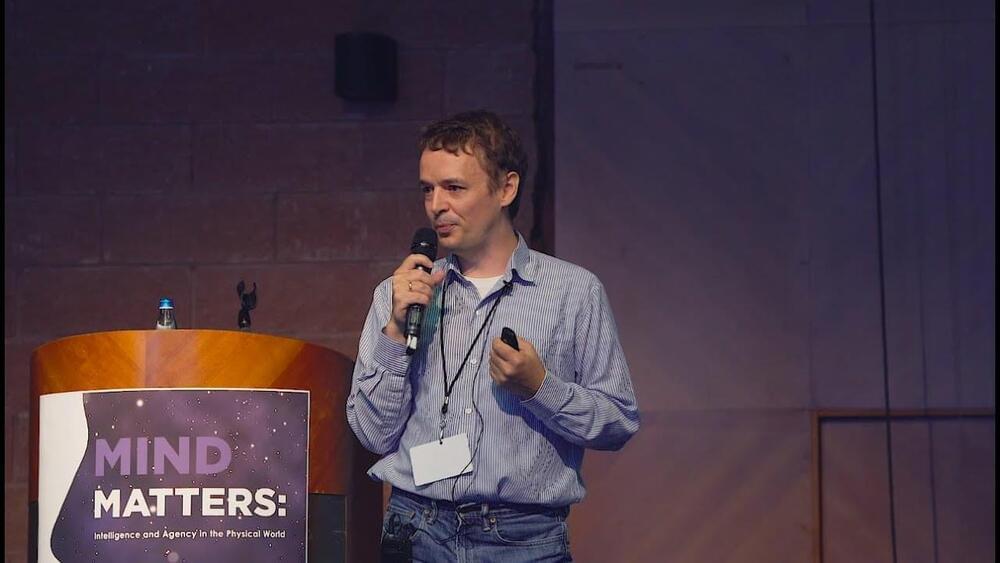Can you imagine a brain and its workings being replicated on a computer? That is what the EBRAINS Cellular Level Simulation Platform aims to do. The Platform is available to researchers worldwide, so that they can compare their experimental results with model predictions and conduct investigations that are not possible experimentally.
Simulation also aims to replicate work on animal models, such as the mouse. In addition, the computing environment used for simulation offers the possibility of studying disease processes electronically.
However, the challenge is a complex one, as the human brain contains 86 billion brain cells (known as neurons) each with an average of 7,000 connections to other neurons (known as synapses). Current computer power is insufficient to model a entire human brain at this level of interconnectedness.









